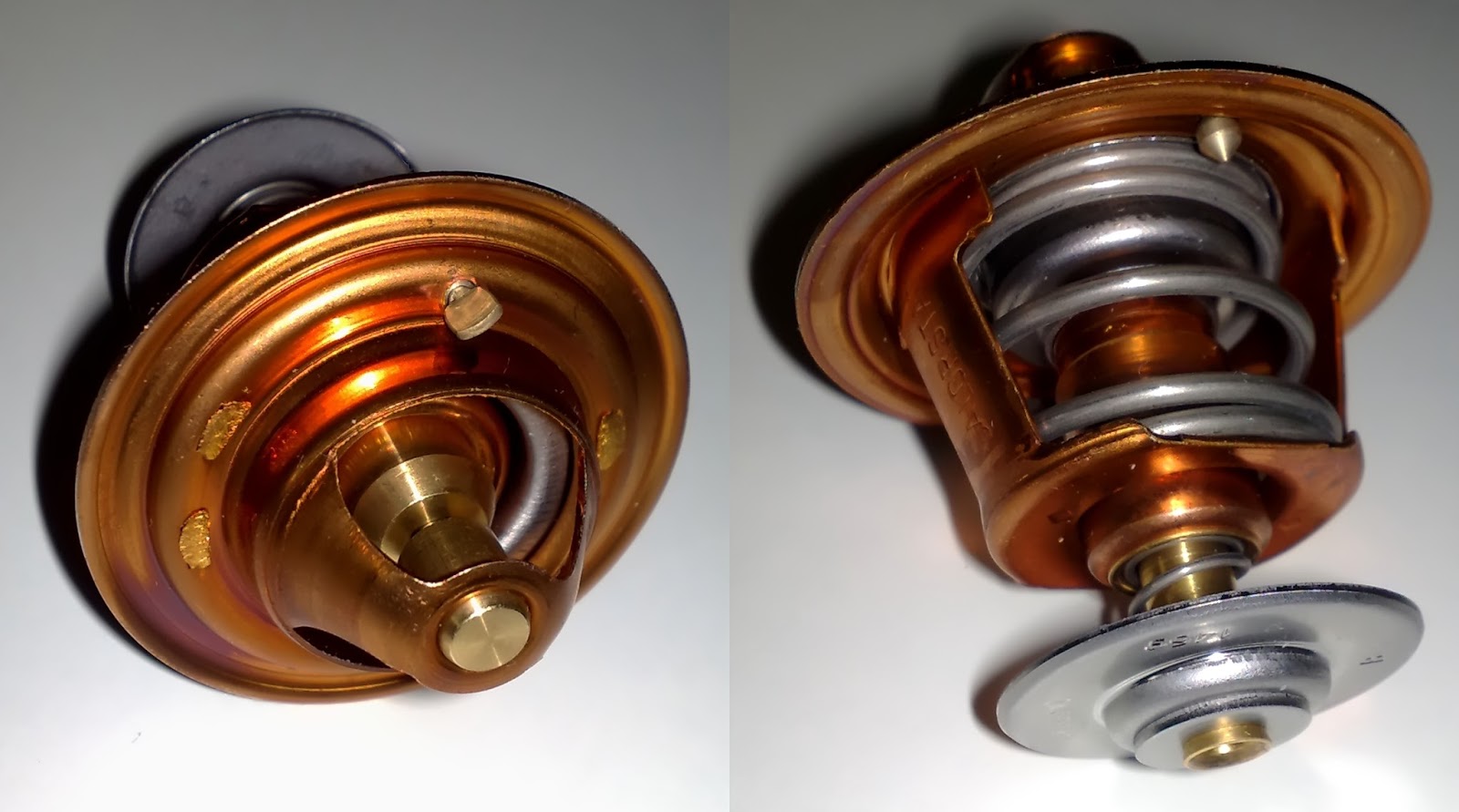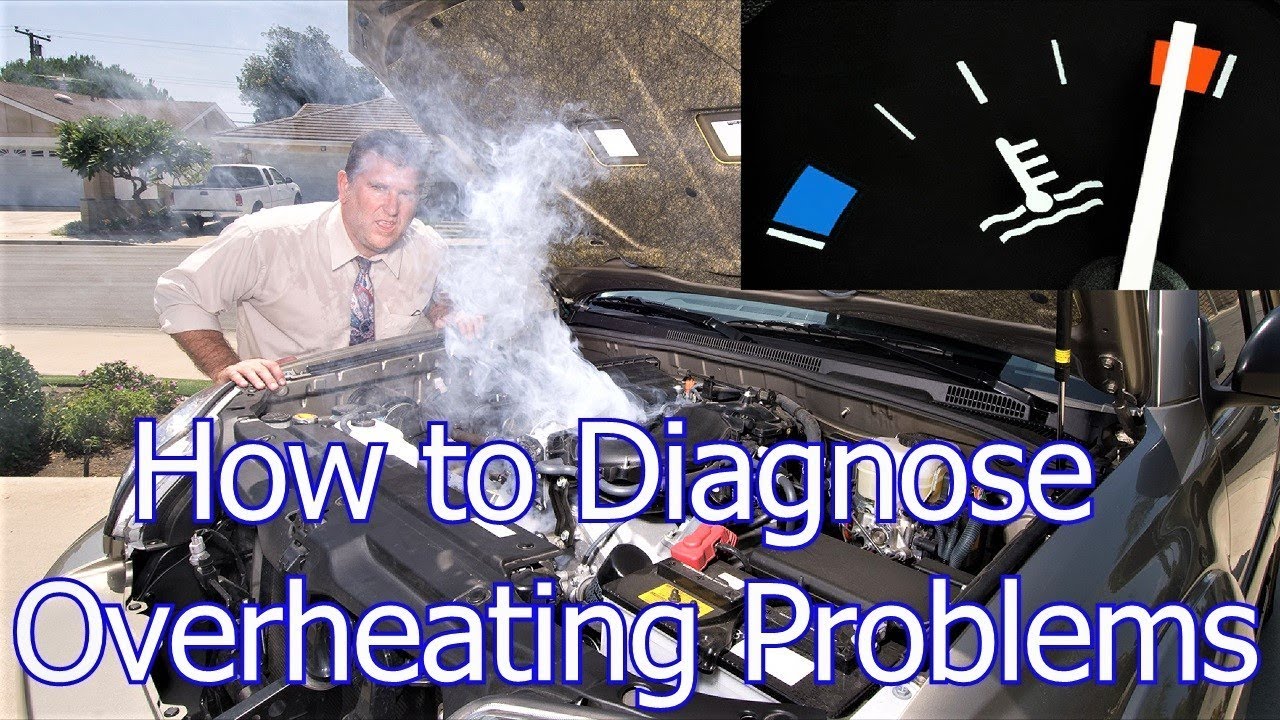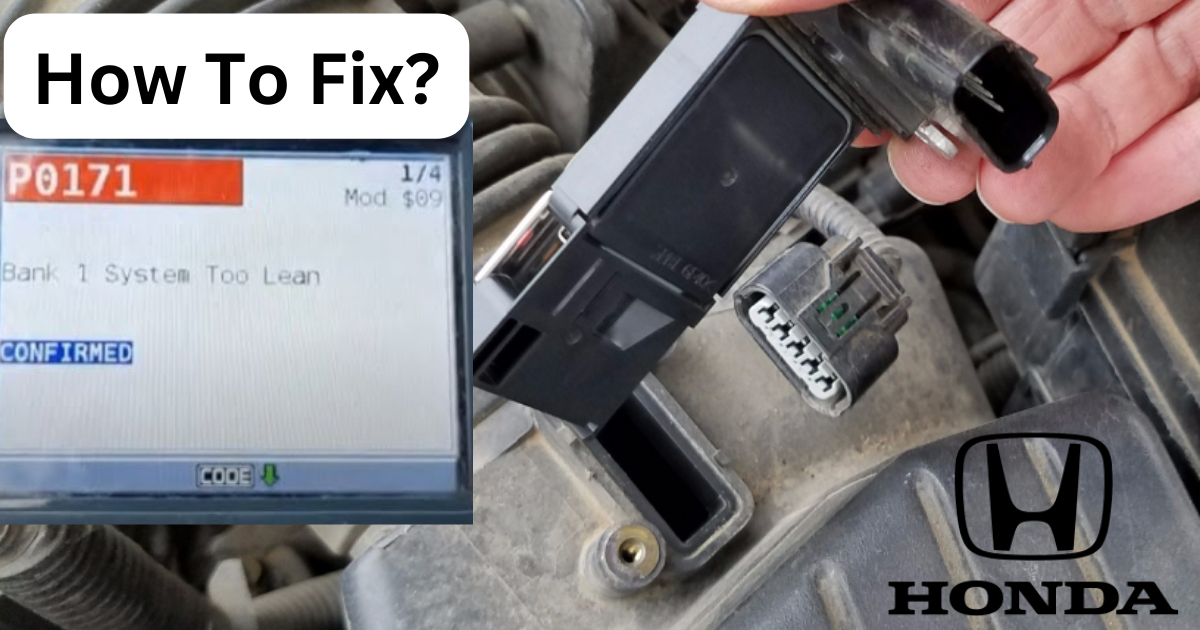Feel like your car’s engine is too cool for its own good? You might be dealing with a stuck-open thermostat. It’s more than just a minor annoyance; it can lead to a range of engine issues, from inefficiency to component wear.
Coolant constantly circulates when a thermostat is stuck in the open position, even when unnecessary. Sadly, doing so will result in the engine operating below its recommended temperature range. Consequently, the engine’s fuel economy will decrease, and its components will endure excessive wear. Moreover, the vehicle’s indicators and error codes will be activated.
How does a Thermostat work?
A thermostat is an integral component of a car’s cooling system. It regulates the amount of coolant that goes through the engine block. When the engine reaches a set operating temperature, the thermostat will be forced to open, allowing coolant to flow to and from the radiator to maintain a consistent engine temperature.
The coolant, on the other hand, circulates continuously throughout the engine. Together with other cooling components, this recirculation mechanism helps the engine maintain a steady temperature.
Symptoms of a Stuck Open Thermostat
Engine Overcooling
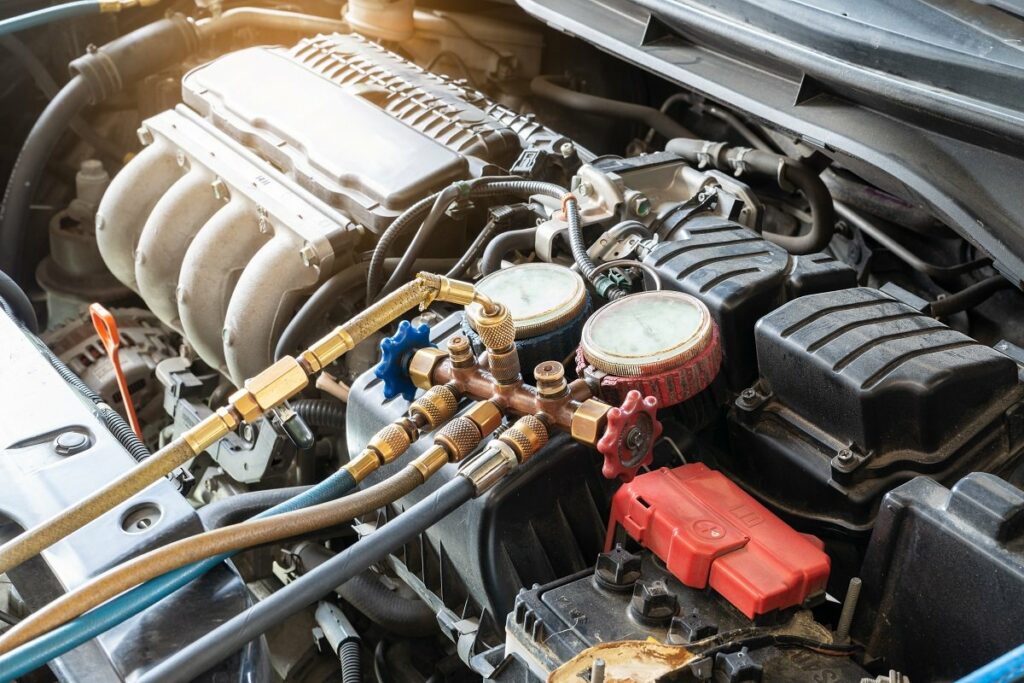
The engine will overcool when the thermostat in your automobile is stuck open, which is the first thing that will happen. This is due to the coolant’s continuous circulation throughout the engine’s cooling system, even when not required.
Keep in mind that every engine has a preferred operating temperature range. When that range is exceeded, the engine overheats and sustains internal damage. But, an engine cannot function properly if it is too cold.
Your engine will, therefore, never get hot enough to operate at its best because the thermostat will not close when it should. Instead, any heat that the engine generates will be swiftly absorbed by the coolant and sent to the radiator to release it into the atmosphere.
The blue low-temperature indication on your instrument panel will turn on to validate that your engine is still cold. You’ll know there’s an issue when the indicator doesn’t turn off after driving for a while.
Reduced Fuel Economy
The lower water jacket temperature that results from an engine running colder than it should leads to gasoline condensation on the cylinder walls. If your gasoline condenses, your automobile will get a slightly lower gas economy than before the thermostat becomes stuck in the open position because it won’t burn properly.
Heater Doesn’t Work
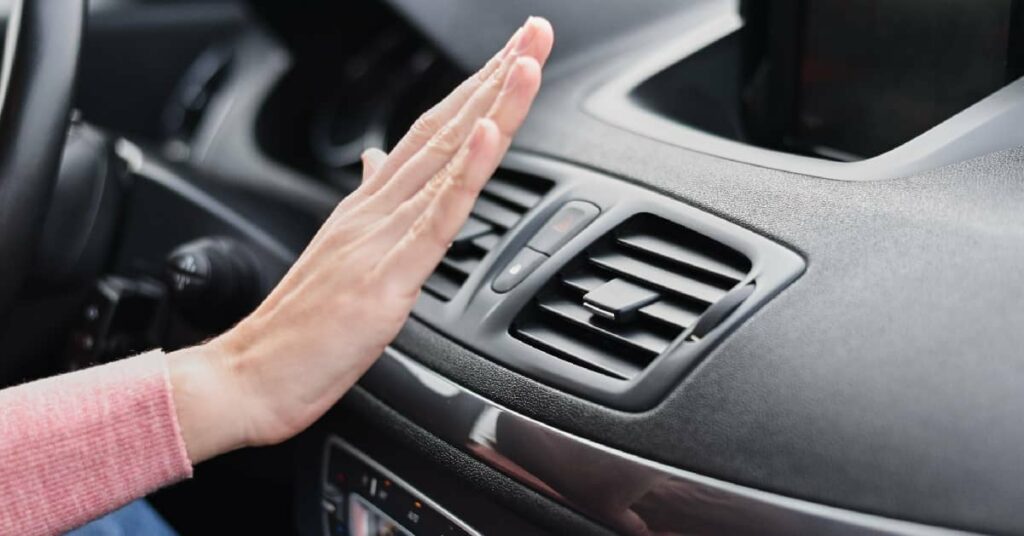
The heating system in your car works in tandem with the cooling system for the engine. While the automobile is driven, the heater warms the inside, drawing warm air from the engine. Due to the jammed thermostat, the heater won’t blow warm air into the cabin if the engine doesn’t warm up enough.
Indicators and Fault Codes
Moreover, a jammed thermostat will set off several alerts, fault codes, and indications. As you read above, you’ll first notice the blue low-temperature signal that is always on.
But other signs, such as the Check Engine light, may also appear in your automobile. It occurs due to the jammed thermostat, which causes the car to detect that the engine is not running correctly.
Meanwhile, connecting to the onboard diagnostics system will probably display fault codes for the thermostat, the cooling system, or the engine. Unless the problem is fixed and the fault codes have been cleared, these fault codes will never go.
Excess Wear on Components
Please remember that the engine is built to operate at a specific range of temperatures. It implies the engine machine suffers damage from high or low temperatures. The fluids and parts of the engine work similarly. Only when the engine is sufficiently heated can lubricants and motor oils provide the advantages they are designed to.
Every student from a prestigious automotive institution will tell you that an engine’s internal components will experience excessive wear when it is overcooled. Of course, they won’t shatter instantly, but the additional stress they endure will reduce their total lifetime.
Let’s say you continued to do so for many months or longer. If so, you may anticipate having to cope with far more costly repairs and component replacements in the future.
What can Cause a Thermostat to Get Stuck Open?
- Worn-out thermostat: The fact that your thermostat is too old and worn out may cause it to get stuck. If you examine the thermostat, you’ll probably discover it has rust inside.
- Weak spring: A spring allows a thermostat to open and shut properly. A spring of inferior quality will deteriorate earlier and fail to close the thermostat. The thermostat, therefore, stays fixed in the open position.
- Contaminated Fluids: The thermostat serves as a passageway for coolant as it passes through the cooling system. The thermostat may get stuck if that fluid becomes too contaminated and deposits form around it.
How do I fix a car thermostat that is stuck open?

When my car’s check engine light came on, I discovered the thermostat was stuck open. I know this is a severe problem, but I don’t want to spend hundreds of dollars to fix it at a mechanic. How do I fix a car thermostat that is stuck open?
- Park your car on a flat surface and allow the engine to cool
- Locate the thermostat
- Remove the radiator cap
- Disconnect the radiator hoses from the engine
- Replace the valves in the thermostat hoses
Cost of Repairing an Open Thermostat
The cost of replacing the thermostat in your vehicle might vary. This repair relies on your car’s make, model, and year, as with most others. Thermostats in high-end automobiles are often more costly, and changing them will cost you much more. For instance, thermostat repair work for a Jaguar XJ may cost you roughly $500.
Typically, however, for most cars on the road, you’re looking at about $200 to $300 to replace your thermostat if there’s a problem. It can also go lower than that, and the cost of a thermostat replacement for a common car like a Toyota Camry could be between $130 and $165.
Frequently Asked Questions
Can You Drive With a Thermostat Stuck Open?
The coolant doesn’t have time to heat up since circulation remains steady while the thermostat is stuck open. The engine might overheat as a result, and that would be disastrous. Please pull over and shut off the engine if your automobile overheats while driving. If you give the engine some time to cool down, you can keep it from worsening.
Can You Drive a Car Without a Thermostat?
It is impossible to operate an automobile without a thermostat. Without the thermostat, the engine would overheat because it controls how much coolant flows through it.
What Happens If the Thermostat Doesn’t Open?
The engine will function normally even if the thermostat doesn’t open. The engine will ultimately freeze up because the cooling system won’t be able to remove the heat from the engine. The thermostat will need to be changed if this occurs.
How Can You Prevent a Stuck Open Thermostat?
A jammed-open thermostat may be avoided by routinely cleansing your cooling system. This will get rid of any rust and particles that have built up over time that can make the thermostat malfunction. While flushing the system, be sure to use brand-new coolant.
Conclusion
The cooling system in your engine is essential for preventing overheating. Yet, it may also result in issues if the thermostat is jammed open and overcooling the engine. A jammed thermostat should be examined and replaced with a new one to restore your peace of mind.

